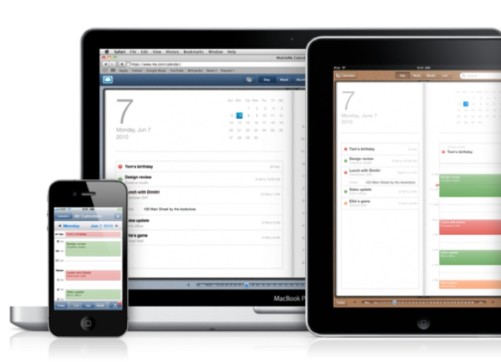A Complete Guide to Strategic Web Design for Nonprofits

What goes into creating and designing a successful nonprofit website that inspires action?
That’s a great question.
One that every nonprofits should think about from time to time.
That said, we’ve compiled a few resources that might help you think through your next website redesign.
Audience Analysis
Creating a website with your users at the center of your strategy will get their attention, keep their interest and inspire more action. There are a few steps to successful audience-centric design:
- Identify Your Audience: Understand all of the groups your serve and find out what makes them tick.
- Test your current site: Use online or onsite usability testing to learn what information your users look for on your website and how easy it is for them to find it. Assign them key tasks and document results.
- Create Personas and outline tasks: Create a sample person that represents each audience group you serve. Define user habits, outline behavior, document social activity, note technology savvy-ness (IE, % mobile, etc.?), and identify their top 3 tasks on your site.
- Prioritize Messaging: Find commonalities in tasks across audience groups and put them in order of importance. Make sure you remember your top three goals to include in key visual elements on your site using calls to action.
Creating a Visual Strategy
- Wireframes: Wireframes take your website from subjective to objective. They give you a way to prioritize content based on what resonates with your audience so that you can keep focus and REDUCE THE NOISE.
- Information Architecture: Everyone accesses information on your website differently. By going through card sorting activities with your audience groups, you will be sure to create an intuitive navigation and content flow that makes sense to your users.
- Create a Content Strategy: Don’t forget to plan your content strategy! There are free tools that can help you identify broken links, unaccessible pages and content most/least viewed. Use this valuable information to plan your content’s future.
Engaging Visual Design
You know your audience. You’ve prioritized your content. You have a site map that resonates with the way your audience accesses information. Not it’s time for the magic. Beautiful visual design must be built on top of a solid strategy in order for it to engage, inspire and connect with your audience.
Good visual design includes engaging imagery, stewardship, real stories of impact, and clearly demonstrates your mission and focus through simple, concise visual cues. Remember, your website is not just a pretty picture. It should inspire action!
Testing Your Visual Story
Now it’s time to see how well you did! Use qualitative measures (surveys, interviews and onsite usability testing) to understand how the new website resonates with key audience groups. Do they find it easy to navigate? Engaging? Inspiring?
Then, you can use Google Analytics to start understanding trends – how long are users spending on your website? What’s the bounce rate? How are they accessing information and what’s the most/least popular content? And don’t forget about SEO! All of this valuable information will help you shape your content and continually improve your online presence.
Remember—web design is an evolution and does not have a start and a finish. Make your website a priority and you’ll be rewarded with happy, engaged users and will ultimately grow a more supportive community!
